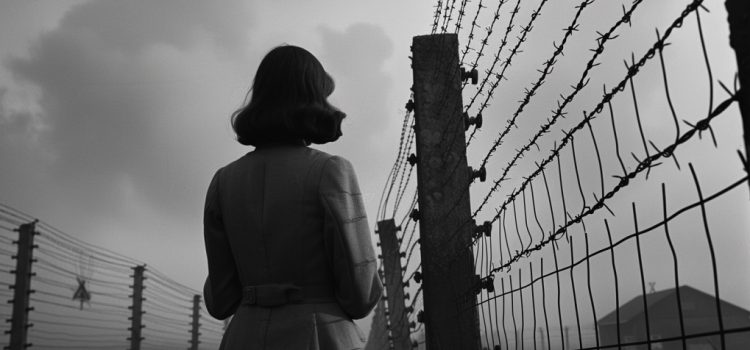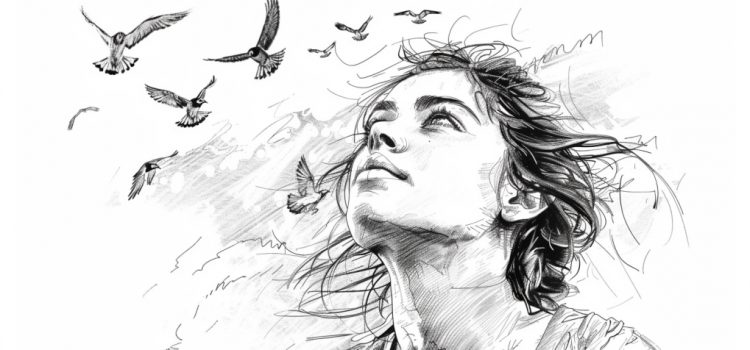Have you ever wondered what it takes to heal from unimaginable grief? Can a person truly recover after experiencing a devastating loss? In his novel The Shack, William P. Young takes readers on a transformative journey through the eyes of his protagonist, Mack. The ending of The Shack beautifully illustrates Mack’s path to recovery and the profound changes he undergoes along the way. Keep reading to discover how Mack’s story ends and the powerful lessons he learns about love, forgiveness, and the resilience of the human spirit.
The Ending of The Shack: Mack Finds Transformation & Healing










